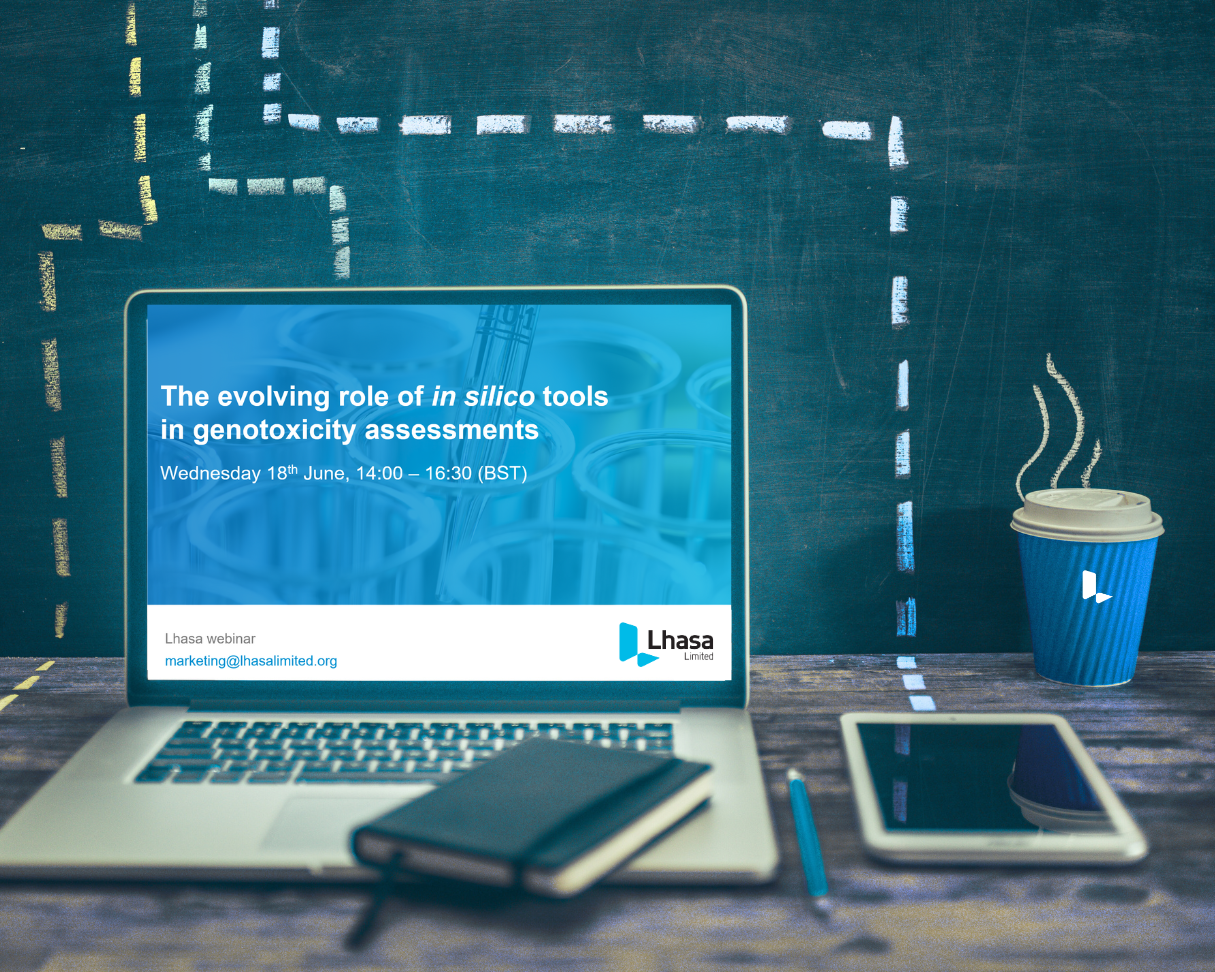The three words “replace“, “reduce” and “refine” provide an indispensable framework for performing more humane animal research. Also know as the 3Rs, the principle aims to limit the number of animals used in experiments, replace animal tests with alternatives and minimise the distress placed on animals.
Last year, a revolutionary guideline on Defined Approaches for Skin Sensitisation (OECD GL No.497) was released by the OECD. It is the first ever guideline that recommends the use of a combination of non-animal methods to predict whether a chemical can cause skin allergies. Since the publication of this guideline, Lhasa Limited have developed ‘Skin Sensitisation Defined Approach ITSv1 1.0’ – a web application containing one of the defined approaches published by the OECD, which provides hazard and potency skin sensitisation predictions without the use of animal tests. This tool is a step towards full replacement of animal testing for skin sensitisation and employs the 3Rs principle.
Introduction to ITSv1
One of the three approved defined approaches mentioned within the guideline – ITSv1 by Kao – includes Lhasa’s in silico expert knowledge tool Derek Nexus as a required information source.
The Integrated Testing Strategy version 1 (ITSv1) Defined Approach (DA) was originally reported by Kao in 2015, within their publication Takenouchi et al. (2015). J Appl Toxicol 35, 13181. The article discusses predicting skin sensitising potential and determining potency sub-classification using 3 information sources:
- h-CLAT – a biological reaction (in vitro assay) measuring the activation of dendritic cells by chemicals.
- DPRA – a chemical reaction (in chemico assay) measuring the reactivity of chemicals with proteins.
- Derek Nexus – a toxicity prediction tool (in silico prediction) based on structure-activity relationships.
This defined approach was subsequently adopted by the OECD. Guideline No. 497 describes how to generate the required information to use the ITSv1 DA, how to handle assay and model limitations, how to combine the information sources together to generate an overall prediction, how to handle cases of missing or inapplicable information, and how to calculate confidence in the overall predictions.
Lhasa’s skin sensitisation defined approach ITSv1 1.0
Skin sensitisation was one of the first endpoints introduced into Derek Nexus, Lhasa’s in silico tool for generating hazard and potency predictions. Since this endpoint has been developed extensively, and as well as providing stand-alone predictions, Derek can now be used as part of a DA.
Our recently released web application, skin sensitisation defined approach ITSv1 1.0, can be used for both hazard identification and potency classification. One of the key advantages of having the ITSv1 DA implemented within a web application is the automation of much of the logic behind the DA, including consideration of applicability domains, handling of missing information sources and calculation of the confidence of the resulting prediction. As such, Lhasa’s skin sensitisation defined approach ITSv1 1.0 is a user-friendly tool which transparently and consistently applies the DA as described in OECD guideline No. 497.
The tool has been shown to predict animal data with a high level of accuracy, and crucially it also accurately predicts human data with high accuracy, in fact better than the animal model does itself.
The ITSv1 DA has been evaluated using…
- 168 chemicals with Local Lymph Node Assay (LLNA) data – it correctly identified the hazard classification for 87% of the dataset, and the GHS potency sub-classification for 71% of the dataset.2
- 66 chemicals with human data – it correctly predicted hazard and potency for 86% and 68% of the dataset, respectively. For further details about the release of this tool, read our news article.
What will this mean for the future of chemical testing?
Thanks to OECD guideline No. 497, multiple industries are beginning to accept defined approaches in place of animal tests. There are still barriers to overcome for defined approaches to be widely accepted across all industries, but we believe this a step towards the full replacement of animal testing for skin sensitisation.
Our skin sensitisation defined approach ITSv1 1.0 tool is available to current Derek Nexus license holders, gain access by mailing hello@lhasalimited.org.
To enquire about skin sensitisation defined approach ITSv1 1.0, contact our Applied Sciences Team.
References
- Takenouchi et al. (2015). J Appl Toxicol 35, 1318
- OECD (2021), Guideline No. 497: Defined Approaches on Skin Sensitisation, OECD Guidelines for the Testing of Chemicals, Section 4, OECD Publishing, Paris, https://doi.org/10.1787/b92879a4-en
Last Updated on January 25, 2024 by lhasalimited



